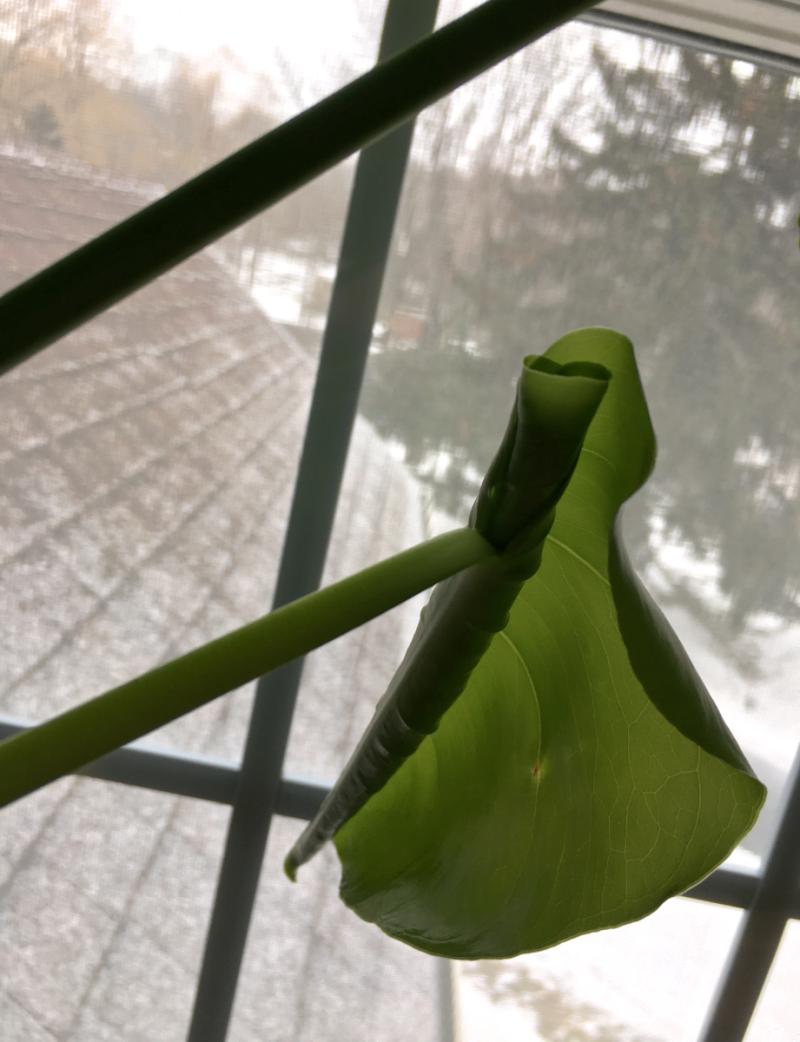How is the COVID-19 coronavirus affecting you?
OFF TOPIC discussions
So the pandemic is now going on 1 year, and folks will be hanging close to home/social distancing for a while to come yet.
Let's see... what pandemic fads have we all gone through, while trying to do something that feels comforting or productive?
First there was the baking craze... lots of sourdough and other breads! Me, i was baking apple crumb muffins and choc chip cookies a whole lot. Then i also started making yogurt since we love yogurt at home. Both those things I'm still enjoying doing.
Some people started knitting, or sewing masks. I used to knit a lot but did not take it back up during quarantine. I did however sew a couple dozen masks for us and our grown children. I sewed a new batch of masks a month ago to freshen our home supply.
Some people adopted dogs or other pets bring them cheer. 
There was a lot of fitness walking during the warm months, and also people roller skating, and buying regular or indoor Peloton bikes, elipticals, mini trampolines, doing yoga online. I got a little trampoline, my husband got a trainer to put his bike on- to ride in the livingroom. I sold my two old pairs of roller skates and roller gear on ebay for a good price! :)
People got into gardening with a passion this year. I did my usual vegetable garden, but that's not new for me.
Now people have been diving into collecting houseplants in a big way. I think it's a way of bringing the promise of Spring and new change and growth to alleviate this dark pandemic winter. Plants in the house are a tonic and a comfort! I've always had about a dozen nice cactus and succulents in various windows of our house. Years ago i opted for cactus because I knew our cats would leave them alone. heheh. One of my older cacti died last month after many years.
In the Fall I got a new snake plant for my office, which has been doing well and brings me joy. But today while buying some groceries at our local farm store, I really succumbed to temptation and bought two large new houseplants- a dark burgundy leaved rubber tree plant, and one of those trendy Monstera Deliciosa- those big green jungle-y plants with the splits and holes in their leaves. Luckily I had a couple of locations for them next to windows where they might do well. So nice to have green living things in the house during the dead of winter!
What pandemic fads have you guys tried out this past weird year? Have i forgotten some of the hobbies and trends that have been popular during this endless pandemic?










 It was ultra quick and easy. I had filled out the vaccine forms ahead of time at home, no crowds or lines at all -only took 7 minutes total from when i walked into Walgreen's til when i walked out... and i got to wait the 15 minutes observation time afterwards out in our car with my husband instead of sitting inside the drugstore.
It was ultra quick and easy. I had filled out the vaccine forms ahead of time at home, no crowds or lines at all -only took 7 minutes total from when i walked into Walgreen's til when i walked out... and i got to wait the 15 minutes observation time afterwards out in our car with my husband instead of sitting inside the drugstore. 

 Yaaaaay Ken is back.
Yaaaaay Ken is back. 
